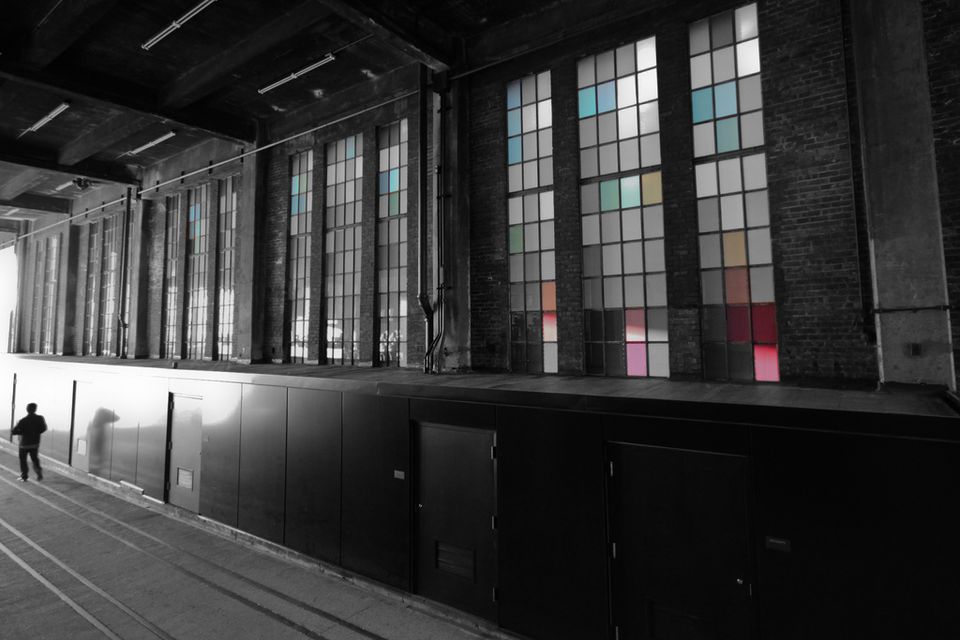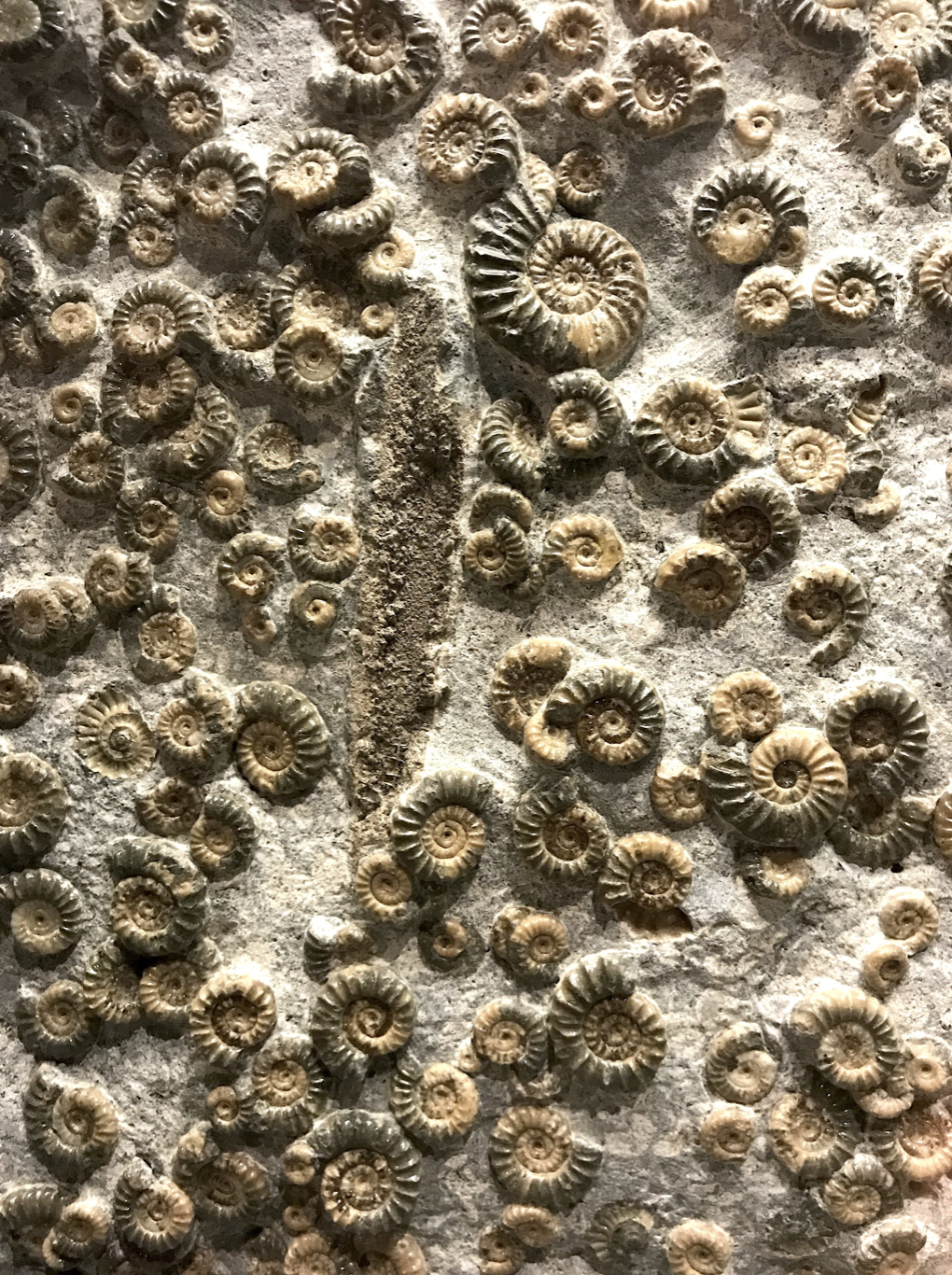Note from the author: The following was not originally intended for an audience. After a series of winding email conversations in which a couple of trusted friends graciously allowed me to “process” what many would call a “season of doubt”, I decided to write down a few things I had learned. I wanted it to be something I could always come back to, a kind of highly assertive “Don’t forget this, you idiot” kind of thing. The result surprised me. And helped me. Perhaps it will help some of you, too.
—————————————————————————————————————————
There are three kinds of doubt and two are constantly at work in you.
The first kind of doubt is conscious-linguistic, and is the least pervasive. This is the kind of doubt involved in reflexive, conscious decisions over such issues as whether to believe in God, or if Santa is really the one eating your cookies, such that you can verbalize your opinion.
The second kind of doubt is similarly intellectual, but less conscious, and more pervasive. As Marilynn Robinson explains: “Every higher act of the mind, intellectual, aesthetic, or moral, is, paradoxically, also an exercise in self-doubt, self-scrutiny. We continuously stand apart from ourselves, appraising.”(1) This doubt is the existential expression of this continuous appraisal—the expression of the possibility of opposites. It is the endless dialectic of the mind, intangible and unseen. It is always happening and naturally encourages a forward motion, a synthesis of the known into the next. It liberates the human imagination, like the invitation found in various moments of “not knowing” that marks a break with your ingrained habits of thought. It opens up novel possibilities of meaning, piercing the illusion that you see the world directly.
The third kind of doubt is experiential. It is “ontologically prior” to the former two, meaning it happens first and is far more pervasive in everyday life. This is the doubt involved in the most basic, bodily levels of human experience. It is the doubt of craft and poiesis, of the artisan and the athlete whose every move is made against countless other possibilities. But it is also the everyday doubt of choosing between different pairs of socks or cereals, and is the doubt that guides you through traffic in a car or on a sidewalk. This doubt is the expression of inculcated practices, your “primordial familiarity” or way of doing things without having to think about them. Everything you do stands in relief against what you don’t do and is a function of this experiential, embodied doubt.
None of these forms of doubt are an enemy to faith, at least not of themselves, nor are they faith’s parasitic appendage. They are faith’s quiet conversation partners—preludes to genuine faith, preceding all the characteristics of Christian living that express themselves as humility. “I’m sorry” begins in doubt, as does repentance, or any change of mind. It creates a disposition in you to give and receive. It opens up conceptual space, giving you the chance to nullify old conceptual maps, propelling you into uncharted regions, outlandish and bracing, where you must create coordinates more capacious than the ones you already knew.
Your faith has a different kind of enemy.
If irony is doubt’s playful cousin, and skepticism its cautious older brother, cynicism is doubt’s evil twin.
Cynicism is paralyzing doubt. It is doubt for the sake of doubt, a dysfunctional endless regression that will eat you up whole. Cynicism identifies everything by reference to the framework of total skepticism. By seeing through everything, it sees nothing at all. It’s over-enhanced doubt, folding in on itself like a nightmare version of Martin Luther’s “inward turn.” But—crucially—cynicism is not something that happens at the conscious-linguistic level, like the first kind of doubt. Rather, it’s more like an “affective orientation” operating at the same unconscious level as the second and third kinds of doubt—like a pre-reflective hardening of your guts.
Cynicism expresses itself as wisdom, a better-than, a way above the unholy canards of certitude, but it is an epistemic and experiential straightjacket. It’s built like doubt, but tangled in itself, and refuses any forward motion. It’s sexier than radical certainty but no less myopic.
When the one thing you want is a complete shadowless grasp of every aspect of even just one simple thing in this life, when you have dug down to the deepest stratum of your understanding and are confronted by mystery—deep impenetrable mystery—and come to realize that you do not understand, cynicism will be calling to you like a siren. If you accept the call, that cynicism will treat the darkness (which is the mystery at the core of your existence) as if comically inconsequential. It will detach itself from all meaningful possibilities, and perpetuate its fundamental drive to preserve itself and itself only.
Real faith, on the other hand, acknowledges this mystery and allows doubt to do its work—to scrutinize, interrogate, and rail against the parameters of understanding. It will employ doubt to bring future possibilities to the foreground, and use wisdom to press toward those possibilities and displace the undesirable ones to the background. In other words, “faith digs down to the deepest stratum and finds trust. Practical trust.”(2) Hope is that trust directed toward the future.
So long as doubt is viewed as a blemish on your life as a believer, so long as the strange momentary abandonment of accredited certainties is a pockmark on your “truly believing,” you will remain inattentive to advents, the birth of the new, to liberating changes of mind. When it is made an enemy, when doubt becomes a proverbial no-no, you will be robbed of that crucial moment of disorientation, that split-second of dispossessive bewilderment that can deliver you from the loss of perspective.
So, if you are faithless today, it may be because you are doubtless.
- Marilynne Robinson, Absence of Mind.
- Nicholas Wolterstorff, Thomas Reid and the Story of Epistemology




